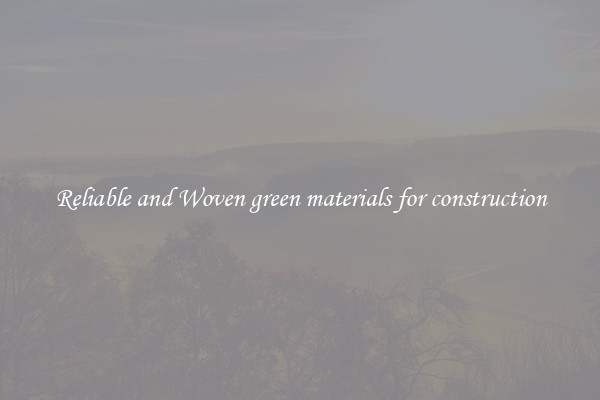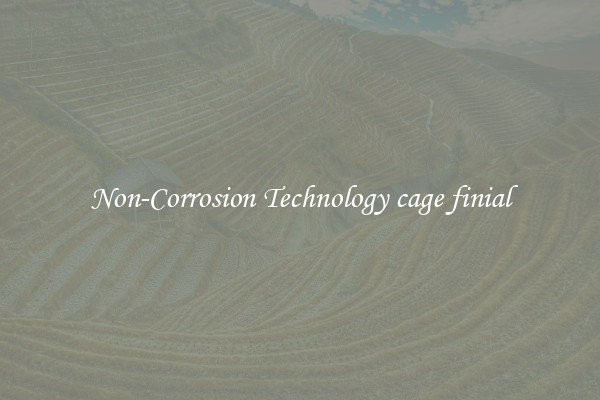Reliable and Woven green materials for construction
Woven green materials have gained significant popularity in the construction industry due to their reliability and sustainability. These materials are made from natural resources such as bamboo, hemp, jute, and recycled materials, making them an eco-friendly option for builders and architects.

One of the most notable benefits of woven green materials is their durability and strength. Bamboo, for example, is known for its impressive load-bearing capacity, making it an ideal choice for construction projects. It is stronger than most types of wood and can withstand high winds and earthquakes, making it a reliable and secure option for building structures.
Additionally, woven green materials are highly sustainable as they are renewable resources. Bamboo, in particular, grows rapidly, with some species reaching maturity in just a few years. This makes it a superior alternative to traditional wood, which can take decades to regenerate. By opting for these green materials, builders can contribute to the conservation of forests and reduce the carbon footprint associated with construction activities.
Another advantage of woven green materials is their versatility. They can be used for various purposes such as roofing, flooring, walls, and even furniture. Bamboo, for instance, can be woven into panels, providing a decorative and durable solution for interior design. These materials can be easily integrated into different architectural styles, allowing for endless creative possibilities.
Moreover, woven green materials offer excellent insulation properties. They can regulate temperature, keeping interiors cool in the summer and warm in the winter, reducing the need for excessive heating or air conditioning. This can significantly contribute to energy efficiency, ultimately leading to cost savings for homeowners and businesses.
Additionally, woven green materials have minimal impact on the environment compared to traditional construction materials. They have a smaller carbon footprint during manufacturing, as they require less energy and resources to produce. Furthermore, these materials can be recycled or repurposed at the end of their lifespan, reducing waste and promoting a circular economy.
While woven green materials offer numerous advantages, it is important to ensure their quality and compliance with building codes. Builders and architects should source these materials from reputable suppliers who follow proper manufacturing processes and maintain industry standards. Conducting thorough research and seeking advice from experts can help ensure the reliability and quality of woven green materials for construction projects.
In conclusion, reliable and woven green materials provide a sustainable and durable alternative to traditional construction materials. Their strength, versatility, insulation properties, and minimal impact on the environment make them an attractive option for builders and architects. By incorporating these materials into construction projects, we can contribute to a greener and more sustainable future.

View details

View details

View details

View details








